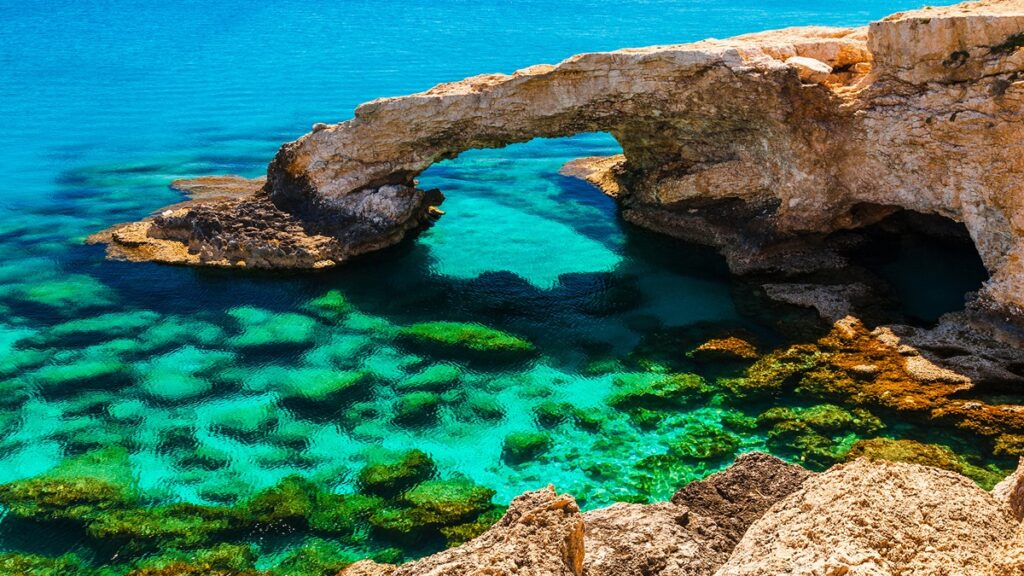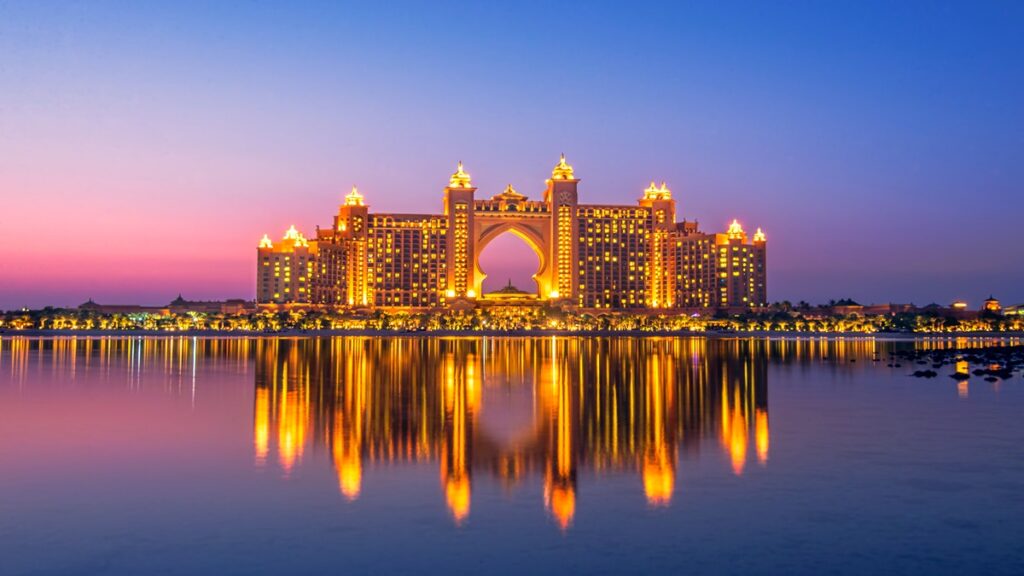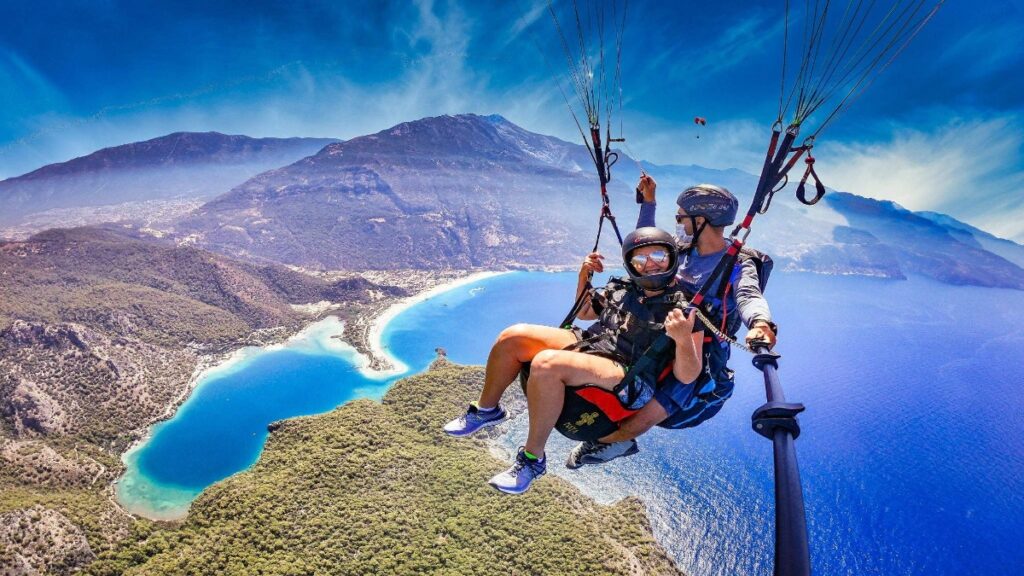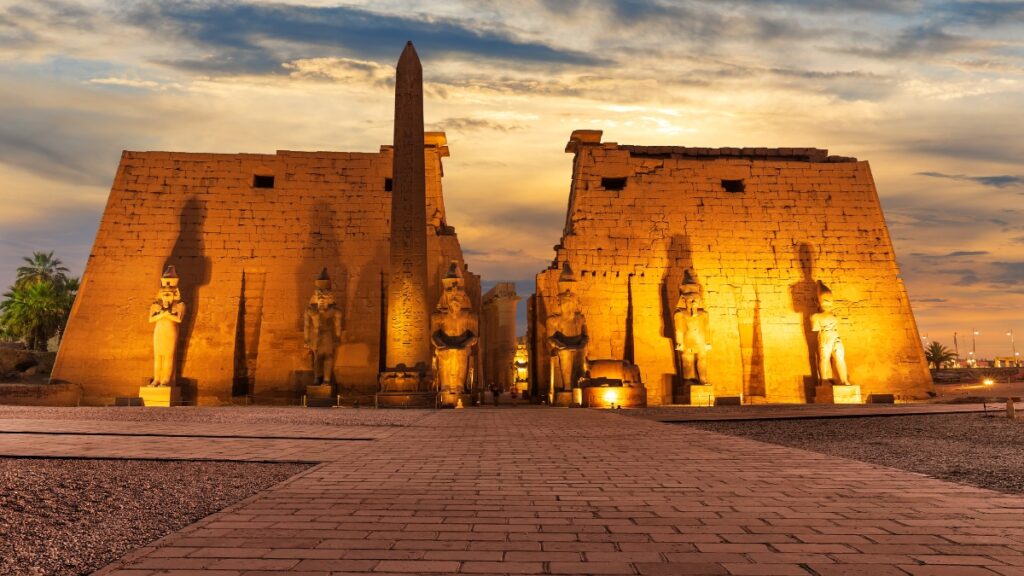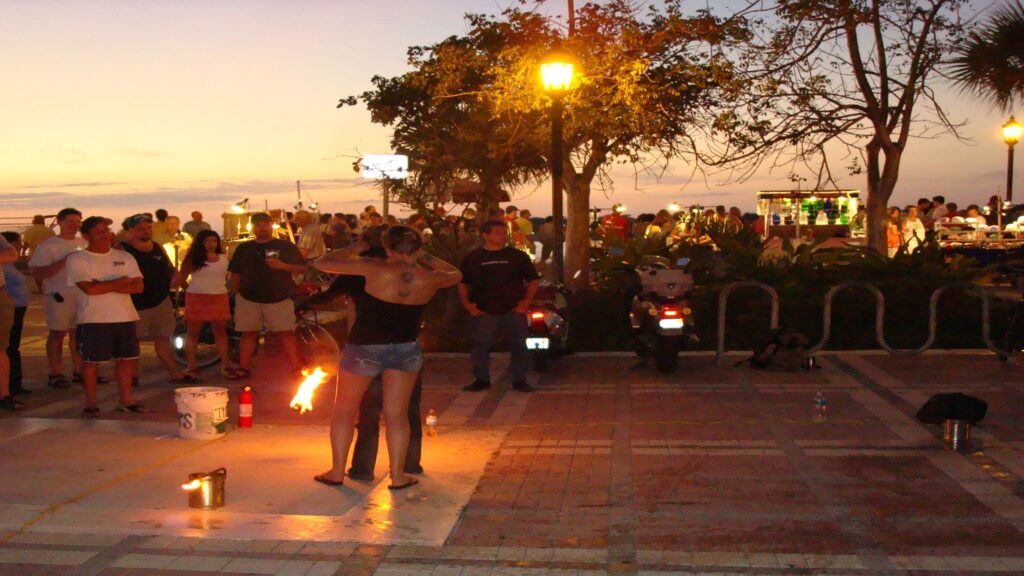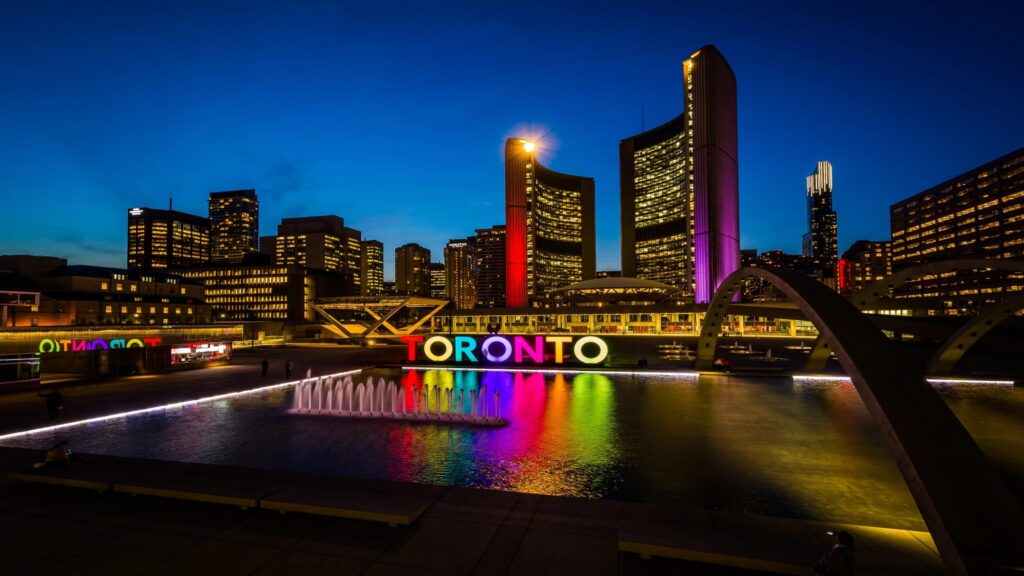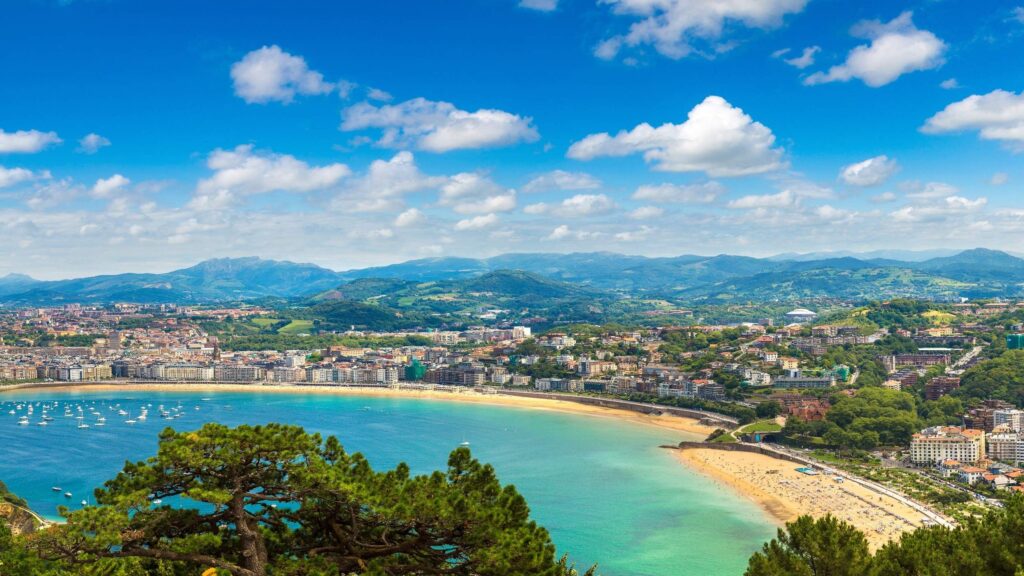
Discovering the Majestic Peaks of Morocco’s Atlas Range
The hidden treasures of Morocco extend far beyond its famous medinas and sweeping Sahara dunes. In fact, this North African gem harbours some of the continent’s most impressive mountains, with the highest mountain in Morocco, Mount Toubkal, reaching a magnificent 4,167 metres into the sky. As a result, trekking enthusiasts from around the world are increasingly drawn to these spectacular peaks. The mountain ranges in Morocco offer diverse landscapes, challenging climbs, and unforgettable vistas that will capture your imagination.
I first encountered the tallest mountain in Morocco during an autumn expedition that forever changed my perception of this captivating country. At that time, I had no idea that the Atlas Mountains contained such dramatic scenery. After spending a week traversing valleys, ascending rocky paths, and connecting with local Berber communities, I was thoroughly enchanted by Morocco’s mountain majesty. Thus began my love affair with these incredible peaks.
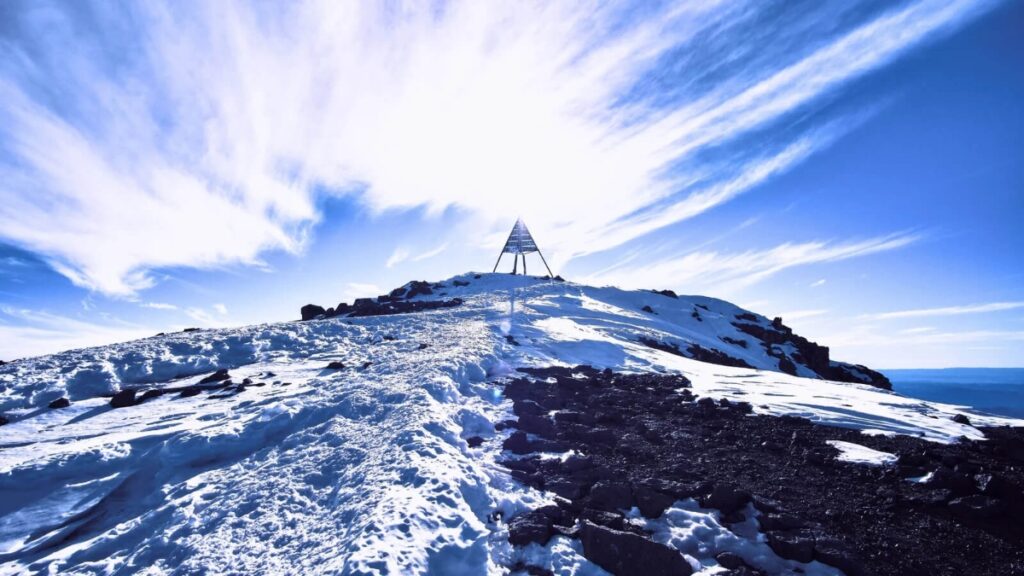
The Highest Mountain in Morocco: Mount Toubkal
Standing proudly at 4,167 metres (13,671 feet), Mount Toubkal reigns supreme as the highest mountain in Morocco and North Africa. Also known locally as Jebel Toubkal, this impressive peak dominates the landscape of the High Atlas range. Due to its ultra-prominence (rising more than 1,500 metres above surrounding terrain), summiting Toubkal delivers an extraordinary sense of achievement. Yet despite its impressive height, the mountain remains accessible to determined hikers with reasonable fitness levels.
I recommend planning your ascent of the highest mountain Morocco offers between September-October or April-May for ideal conditions. During these periods, you’ll avoid both the biting winter cold and the scorching summer heat that can make climbing particularly challenging. Of course, winter ascents from November through March transform Toubkal into a serious mountaineering challenge requiring crampons, ice axes, and proper alpine experience. Still, the snow-capped views reward those brave enough to tackle this seasonal challenge.
The journey begins in the vibrant city of Marrakech, located just 63km north of the mountain. From there, a scenic drive takes you to the village of Imlil (1,740m), the traditional starting point for Toubkal expeditions. In this bustling mountain settlement, you can hire guides, arrange mules for luggage transport, and make final preparations. Then, your trek continues through the picturesque village of Aroumd and across a floodplain to the tiny settlement of Sidi Chamarouch, marked by its distinctive white rock.
Climbing the Tallest Mountain in Morocco: Practical Advice
Most trekkers spend their first night at either Neltner Refuge or Refuge du Toubkal (3,207m) before attempting the summit. Because of the altitude considerations, this overnight stay is crucial for proper acclimatization. In my experience, an early morning departure (around 4-5am) from the refuge gives you the best chance of clear weather and spectacular sunrise views from the summit. At the same time, early starts help avoid afternoon storms that frequently develop in mountain areas.
The final ascent covers approximately 960 vertical metres over rocky terrain, taking 3-4 hours depending on fitness and acclimatization. While technically straightforward during summer months, the path becomes increasingly steep as you approach the summit. At the top, a small metal pyramid marker confirms your achievement – standing on the highest point in North Africa! Hence, your perseverance is rewarded with breathtaking panoramic views across the Atlas Mountains and, on clear days, glimpses of the distant Sahara.
For serious adventurers wanting to maximise their time in the High Atlas, consider combining your Toubkal climb with ascents of neighbouring peaks. Meanwhile, the “Three Peaks Challenge” incorporates Mount Toubkal and the twin summits of Ouanoukrim into one ambitious expedition. However, ensure you’re properly acclimatized before attempting multiple high-altitude climbs in succession.
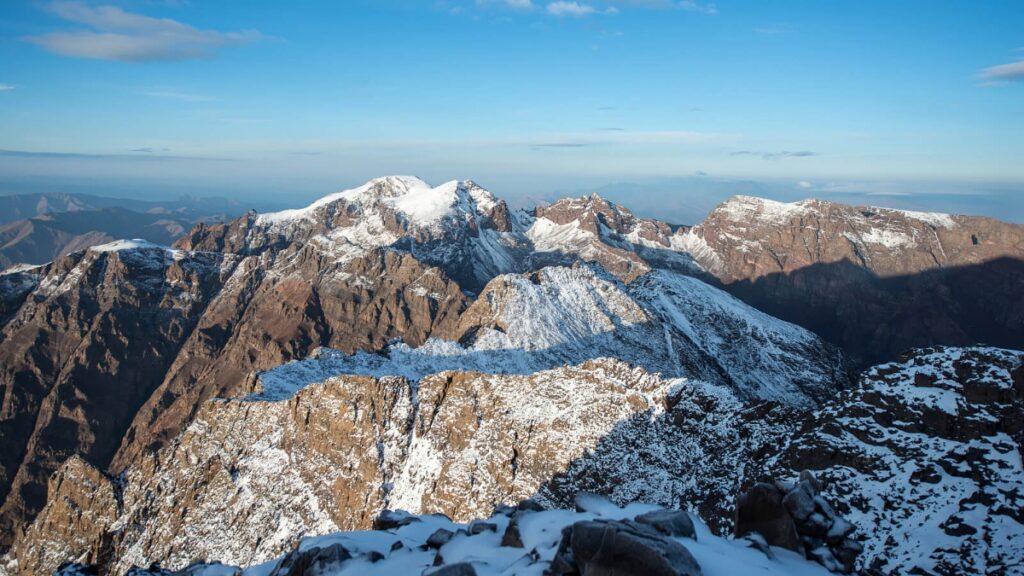
The Other Giants: Exploring Morocco Mountains Beyond Toubkal
The second highest mountain in Morocco is Ouanoukrim, which reaches 4,089 meters (13,415 feet) tall. This challenging mountain actually comprises twin summits: Timzguida (4,089m) and Ras Ouanoukrim (4,083m). Despite being slightly lower than the highest mountain in Morocco, Ouanoukrim demands more technical skill from climbers. The endless chain of dust-coated crags and crevices creates a lunar-like landscape that seems otherworldly. Above all, the steamy mists rising between peaks make for truly magical photography opportunities.
Third on the list of tallest mountains in Morocco is M’Goun, reaching 4,071 metres (13,356 feet). Located in its own massif separate from Toubkal, the M’Goun Valley offers perhaps Morocco’s most popular multi-day trekking route. Throughout this 5-day journey, you’ll cross rickety wooden bridges over rushing rivers, navigate landslide-prone paths, and share trails with freely roaming donkeys. Moreover, the lunar landscape visible from the summit provides a completely different experience from Toubkal, making it worth adding to your Moroccan mountain itinerary.
Less frequented but equally impressive is Jebel Ouaougoulzat (3,729m), part of the striking sandstone Mgoun Range. This magnificent peak overlooks Lac Izoughar, which transforms into ski slopes during winter months. Though less famous than the highest mountain in Morocco, Ouaougoulzat offers unforgettable views across triple snow-capped peaks. By climbing from the lake (located at 2,526m), strong hikers can reach the summit in approximately 5 hours. Yet for those seeking a more gradual approach, starting from Azilal town creates a rewarding two-day expedition.
Highest Mountain Near Marrakech: Access and Planning
The strategic location of Marrakech makes it the ideal base for exploring the highest mountain in Morocco. Only 1.5 hours by car from Imlil (the gateway to Toubkal), this vibrant city offers all necessary amenities for preparation and recovery. During your stay, you’ll find numerous outfitters selling or renting mountain equipment, agencies arranging guides, and restaurants serving hearty pre-trek meals. Plus, returning to Marrakech’s comfortable riads after conquering Morocco mountains provides a welcome contrast to mountain refuge simplicity.
When planning your expedition to Mount Toubkal, consider spending at least 3-4 days total. This timeline allows one day for travel to Imlil, a day hiking to the refuge, a summit day, and a return journey. Nevertheless, extending your trip to 5-7 days creates opportunities to attempt additional peaks or explore more of the beautiful High Atlas valleys. Happily, accommodation options range from basic mountain refuges (approximately 250 dirhams per night including dinner) to charming guesthouses in Imlil and luxury riads in Marrakech.
I strongly advise hiring a local guide when attempting the highest mountain in Morocco. Beyond safety considerations, guides provide cultural insights into Berber traditions and mountain life. Though experienced hikers can technically navigate Toubkal independently during summer months, local knowledge enhances both safety and enjoyment. Under the same conditions, porter or mule services (arranged in Imlil) make the approach more comfortable by carrying heavy equipment to the refuges.

Highest Mountain Range in Morocco: The Atlas System
The Atlas Mountains form a diagonal spine across Morocco, Algeria, and Tunisia, with the High Atlas containing Morocco’s tallest peaks. This magnificent mountain range in Morocco divides into three distinct sections: the High Atlas, Middle Atlas, and Anti-Atlas. Within these ranges, over 400 peaks exceed 3,000 metres, creating a paradise for mountain enthusiasts. Indeed, the diversity of landscapes – from snow-capped summits to verdant valleys and arid plateaus – makes exploring the Atlas Mountains an endlessly rewarding experience.
The geological formation of these mountains began around 80 million years ago, during the same Alpine orogeny that created Europe’s Alps. While trekking through these ancient landscapes, you’ll observe fascinating rock formations and evidence of the powerful forces that thrust these peaks skyward. In addition, numerous rivers originate in these mountains, carving deep valleys that have shaped human settlement patterns for millennia. Such geographic diversity creates microclimates supporting unique ecosystems from valley to peak.
Traditional Berber villages dot the valleys and slopes of the mountain ranges in Morocco, offering glimpses into centuries-old ways of life. These communities have developed ingenious agricultural and architectural adaptations to thrive in sometimes harsh mountain environments. By trekking through these areas, you connect with a cultural landscape as rich as the natural one. Besides, enjoying traditional Berber hospitality provides some of the most memorable moments of any Morocco mountain adventure.
Beyond the Highest Mountain Morocco: Accessible Treks for Beginners
Not every trekker feels ready to tackle the highest mountain in Morocco on their first visit. Luckily, both Toubkal National Park and neighbouring Ouirgane National Park offer magnificent landscapes suitable for less experienced hikers. For instance, a multi-day trek through the Azzaden Valley reveals verdant crop terraces carved into red sandstone mountains. Then, crossing into Ait Mizan Valley provides different perspectives on the High Atlas environment.
One highlight for beginners is the Tizi Mzik pass (2,500m), which offers spectacular views of the highest mountain in Morocco without requiring technical climbing skills. From this vantage point, you’ll appreciate Toubkal’s imposing presence while enjoying a more moderate hiking challenge. Through careful planning with local guides, even novice trekkers can experience the magic of Morocco’s mountains on routes matched to their experience level.
The Rif Mountains in northern Morocco provide another excellent option for those seeking less challenging terrain. Jebel Tidirhine, the highest peak in this range at 2,456 metres, offers wonderful hiking through traditional Berber villages. On clear days, views extend across the Strait of Gibraltar to Spain. Similarly, these northern mountains provide cooler summer temperatures than the High Atlas, making them ideal for hot-weather trekking when other regions become uncomfortably warm.
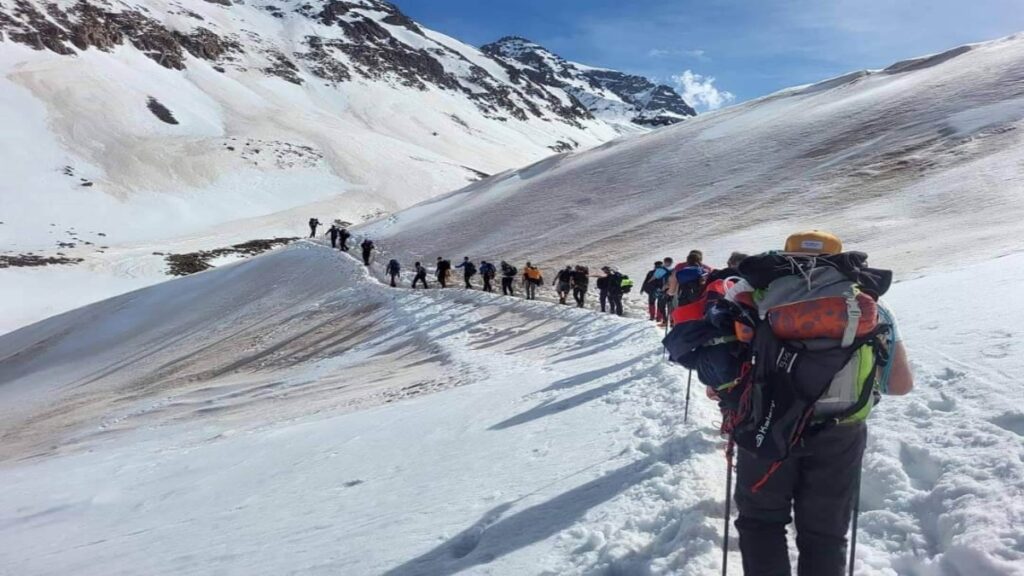
Respecting the Mountains: Responsible Trekking in Morocco
Preserving these spectacular environments requires conscious effort from all visitors to the mountain ranges in Morocco. Always pack out all waste, use water purification rather than relying on plastic bottles, and stick to established trails to prevent erosion. So too, supporting local economies by hiring guides, staying in community-run accommodations, and purchasing local products ensures tourism benefits those who call these mountains home.
The weather patterns in high mountains can change rapidly, making proper preparation essential for safety. Before setting out, check forecasts and never hesitate to delay or abandon summit attempts if conditions deteriorate. Certainly, the highest mountain in Morocco will remain for your next visit, but safety must always take priority. Also, proper acclimatization prevents altitude sickness – so plan gradual ascents and include rest days in your itinerary when attempting peaks above 3,000 metres.
My final recommendation for anyone planning to explore the highest mountain in Morocco or any of its neighbouring peaks is to approach the experience with humility and respect. The majestic Atlas Mountains have stood for millions of years and will continue long after our brief visits. Under these circumstances, view your journey not as conquering a peak but as being privileged to experience its magnificence. Thus, you’ll return home with not just summit photographs but a deeper connection to one of our planet’s most beautiful mountain landscapes.
Our Destinations: Your Inspiration!
PS — Planning a Vacation Soon? Use My Proven Booking System!
My personal travel experiences have shaped this list of reliable resources I use consistently. In fact, by utilizing these links, you’ll simultaneously support Softfootprints independent travel journalism while paying nothing extra yourself.
1. Omio
This platform searches hundreds of airlines worldwide for optimal flights. As a result, you’ll never miss route options or deals.
2. Booking.com
Finding perfect accommodations becomes effortless with their extensive inventory. In addition, customer reviews help me choose properties confidently.
3. Rentalcars
When exploring destinations, having your own vehicle provides unmatched flexibility. Not only do I always select full coverage, but I also prefer reliable companies like Alamo, Hertz, or Sixt.
4. Viator and Get Your Guide
These complementary platforms help me discover exceptional local experiences. Similarly, both offer easy booking policies. However, I check both since their inventory varies by destination.
5. EKTA Insurance
International travel protection should never be overlooked. Subsequently, their coverage against illness, injuries, theft, and cancellations gives me peace of mind. Meanwhile, their 24-hour assistance ensures help is always available when needed.
The coverage options they offer include tailored packages with round-the-clock emergency assistance. Of course, this makes them ideal for international travellers.
6. Priority Pass
Airport comfort becomes accessible with this global lounge network. Indeed, it’s my first check during layovers. After ten years as a member, having a peaceful retreat enhances my entire travel experience.

